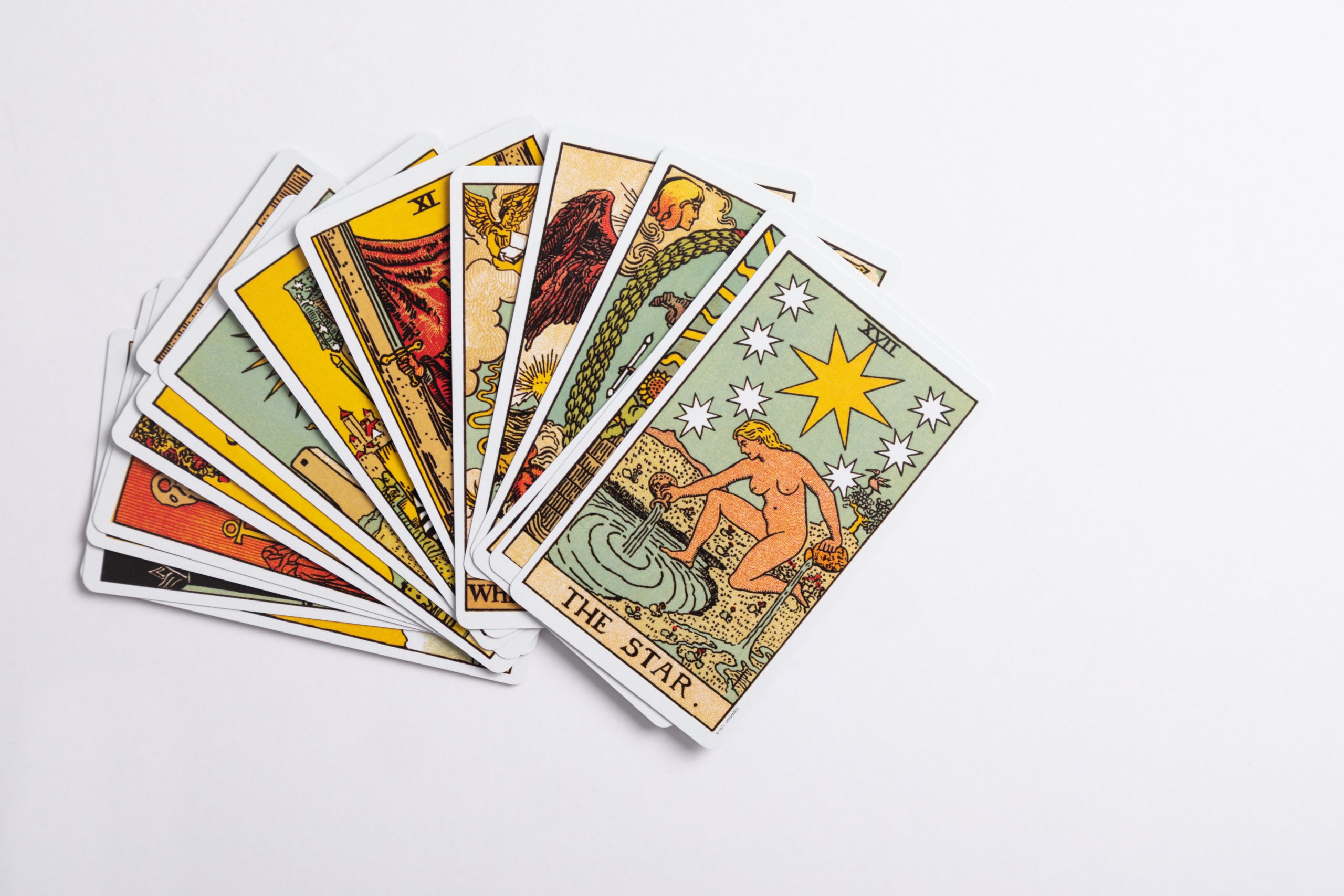What Does a Full Moon Signify?
The full moon has captivated humans for centuries, with its radiant glow and mesmerizing beauty. Throughout history, cultures around the world have attached various meanings and symbolism to this celestial phenomenon. From folklore to astrology, the full moon holds a significant place in our collective consciousness. In this blog post, we will explore the different interpretations and beliefs surrounding the full moon, uncovering what it truly signifies.
The Science Behind the Full Moon
Before diving into the symbolic meanings, let’s understand the science behind the full moon. At its core, the full moon is the lunar phase when the moon is directly opposite the sun, making it appear fully illuminated from our perspective on Earth. This occurs because the sun’s rays reflect off the moon’s surface, creating a breathtaking illumination that lights up the night sky. The moon remains in its full phase for a brief period, usually lasting around three days.
During the full moon, the Earth, sun, and moon align almost perfectly in a straight line. This alignment enables the moon to reflect the sun’s rays directly back to Earth, resulting in its luminous appearance. From a scientific standpoint, the full moon is simply a natural occurrence caused by the moon’s orbit and the position of the sun. However, our fascination with this celestial event goes beyond its scientific explanation.
Symbolism and Interpretations
Significance in Mythology and Folklore
Since ancient times, cultures worldwide have woven rich folklore and mythology around the full moon. In many traditions, the full moon represents a time of heightened spiritual energy and an opportunity for deep introspection. Let’s explore some of the most notable symbolic interpretations of the full moon:
The Lunar Goddess
One prevalent theme surrounding the full moon is its association with lunar goddesses. In various mythologies, goddesses such as Artemis, Selene, and Luna are often linked to the moon’s cycle. These deities embody qualities like femininity, intuition, wisdom, and fertility, which are believed to be amplified during the full moon phase.
The Harvest Moon
In agricultural societies, the full moon closest to the autumnal equinox is often known as the “Harvest Moon.” This moon provided extra light during the evenings, allowing farmers to work late into the night and gather their crops before winter’s arrival. The Harvest Moon is thus associated with abundance, gratitude, and the culmination of hard work.
Full Moon in Astrology
In astrology, the full moon holds immense significance and influences various aspects of our lives. Astrologers believe that the moon, as a celestial body, governs our emotions, subconscious mind, and intuition. During the full moon, these influences are said to be at their peak. Here are some key aspects related to the full moon in astrology:
Heightened Emotions
Many individuals report feeling more emotionally charged during the full moon phase. Astrologers suggest that the moon’s pull on the Earth’s tides extends to our emotions, intensifying feelings and potentially amplifying conflicts or challenges. It is thought to be a time of increased sensitivity and introspection.
Release and Transformation
In astrology, the full moon is often seen as a time of release and transformation. It is believed that the heightened energy during this phase allows us to let go of what no longer serves us and make space for new beginnings. Full moon rituals, such as writing down intentions or meditating, are common practices to facilitate this process.
The Cultural Impact of the Full Moon
Beyond mythology and astrology, the full moon has also made its way into our cultural lexicon. In literature, music, and various artistic expressions, references to the full moon are often laden with symbolism and emotion.
Additionally, the full moon has become a source of inspiration for writers, poets, and artists throughout history, representing themes like romance, transformation, and the passage of time. It has populated countless stories, paintings, and songs, serving as a muse for creativity and imagination.
Conclusion
In conclusion, the full moon carries a multitude of meanings, both scientifically and symbolically. From mythology to astrology and cultural impact, its significance extends beyond its observable beauty. Whether you find awe in its luminous presence, explore its symbolism in personal rituals, or simply appreciate its influence on art and literature, the full moon continues to captivate us and inspire our imagination.
As we gaze up at the night sky, let’s embrace the profound energy of the full moon and allow its radiant glow to illuminate our paths, both literally and metaphorically.
Table of Contents
